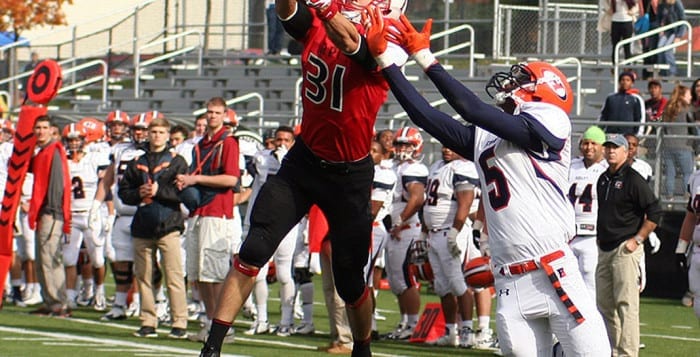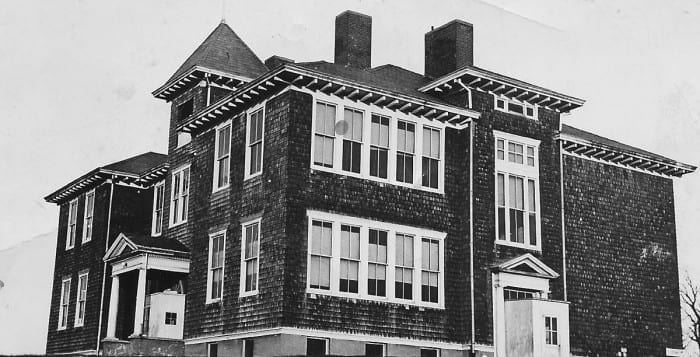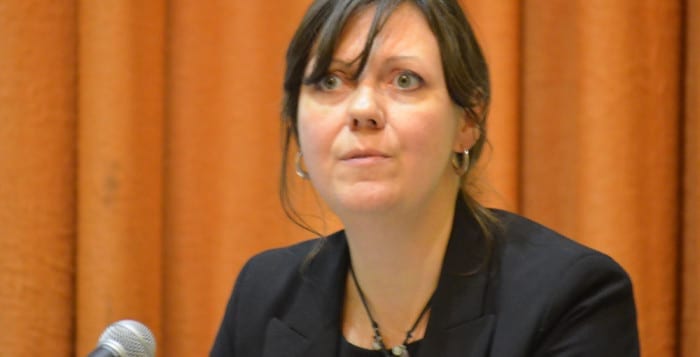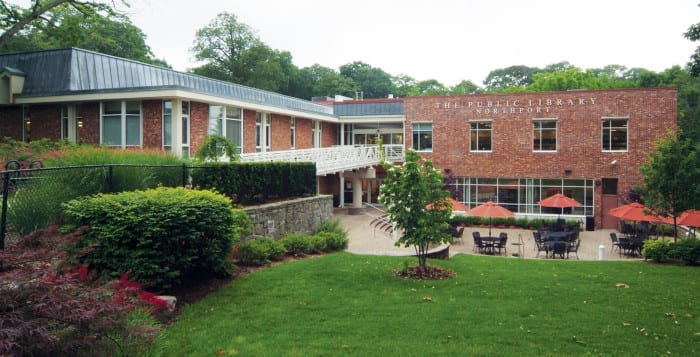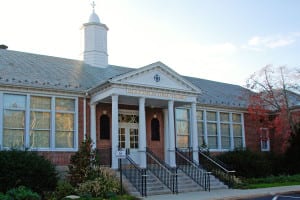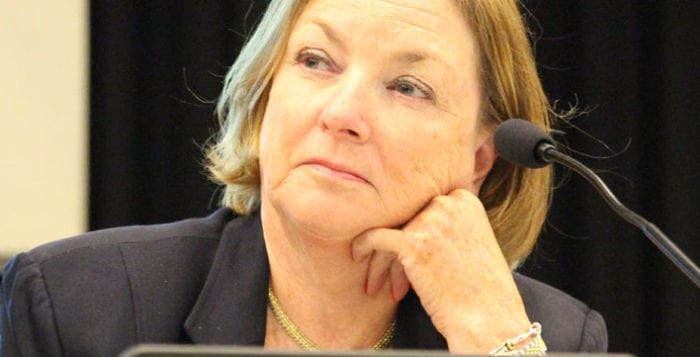Phil Lanieri got off to a rough start in college football when, in his freshman year at Rensselaer Polytechnic Institute, the Port Jefferson-bred cornerback did not see a single down on the starting squad.
He decided he had two options: “I could keep playing and work as hard as possible, or quit,” he said. “And I wasn’t going to quit.”
That perseverance led to the engineering major earning All-American honors and a chance to participate in the National Football League Regional Combine.
“You can do anything you put your mind to, and I know it’s a cliché, but I really believe that now,” Lanieri said. “There’s nothing I wanted more than to be a great college football player.”
The summer after his freshman year, Lanieri trained as hard as he could to improve. Then, he got his big break. A starter was injured prior to the first game of his sophomore season against Norwich University in Vermont and Lanieri took his place. He had eight tackles in the game, and ended up starting every game from there on out. He finished the season with four interceptions and received an award from his conference, the Liberty League, as a result.

“I was glad I didn’t quit,” he said, laughing. “All of my hard work was finally paying off.”
That sophomore year for Lanieri was also the first for the team’s head coach, Ralph Isernia, who said being from Sachem made for a nice Long Island connection between him and his star defender.
“He’s a coach’s dream,” Isernia said. “Everything you asked out of him, he would give you. He’s extremely hard working, he studies the game real well, he’s always in the film room trying to pick up on tendencies; those are some of the things that made him an outstanding player for us.”
But Lanieri wanted more out of himself.
With six interceptions his junior year, the most in the league, he garnered First Team All-Liberty League, the highest honor given out. But by his senior year, other teams began game-planning against him. His confidence fluctuated as the ball didn’t come his way, until the fourth game of the season against Worcester Polytechnic Institute in Massachusetts.
For his first interception of the season, Lanieri said he blacked out while making his most athletic play ever, but defensive coordinator Dick Maloney remembered it well.
Related video: Lanieri dives for an interception
“His body was parallel to the field and he made the interception with just his hands, hit the ground, rolled over and came up with the ball,” he said. “Phil had that ‘wow’ ability to make the big plays at the right time.”
He tallied his second and third interceptions a couple of games later against the University of Rochester, but the biggest game of his career came when the team played Hobart College. Hobart hadn’t lost on its field since 2011, coincidentally enough to RPI. The Engineers were up by seven points until Hobart made a Hail Mary touchdown pass as the clock reached zero. Instead of taking the game into overtime with an extra-point kick, Hobart went for a two-point conversion. Lanieri said he was playing a zone defense, reading two receivers as his opponent came out in a spread formation. He intercepted the pass in the end zone, his second interception of the game, to snap Hobart’s streak and win the game for his team.

“Taking the knee and piling up in the end zone was a feeling I’ll never forget,” he said. “Every time I think about that game, I get a little jittery.”
The Engineers ended up 9-2 overall, and shared the Liberty League title with St. Lawrence University. Because St. Lawrence had topped RPI in the regular season, RPI didn’t qualify for the NCAA tournament, but instead was invited to the Eastern College Athletic Conference Asa S. Bushnell Bowl.
RPI went up against Buffalo State College in the championship game, with his best friend and former high school comrade quarterbacking that team. Lanieri recorded an interception against his fellow Royal, and the Engineers won the game 20-13.
“All throughout the week I kept telling my teammates that the game was going to be no joke, and we have to really come out and play,” Buffalo quarterback Dan Serignese said. “I know very few people that work as hard as Phil. I couldn’t picture a better way to end my football career than on the same field with him. It’s something we’ll always hold onto and never forget.”
Lanieri finished the season with five interceptions and 19 return yards — while also breaking up nine passes — and had 42 tackles, 23 of which were unassisted, during a season that ended up being the third winningest in RPI’s 129 years of football. Lanieri garnered National All-America First Team honors from the American Football Coaches Association and earned an Associated Press AP Little All-America nod.
“Phil is extremely self-determined, self-motivated and self-committed,” Maloney said. “Phil was an extremely gifted player and a very gifted leader. You look at that work ethic like a Tom Brady or Peyton Manning. He motivated the team.”
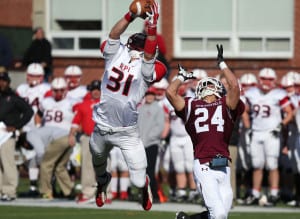
Teague Florio, another senior defensive back for RPI who is from Southampton, a team Lanieri faced in high school, agreed.
“He makes everyone around him better,” he said. “We could leave him alone and never have to worry about his side of the field because he had it on lockdown.”
Lanieri said being from a small school like Port Jefferson gave him a chip on his shoulder the last four years. When he was overlooked, it motivated him. Now, it’s motivated him to pursue the sport as a profession. At the Regional Combine in Baltimore, he registered the highest vertical jump with 40 inches.
“I made the right decision, I put my head down and I worked as hard as I could,” Lanieri said. “You really have to put your heart into this sport to be successful.”

